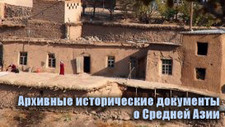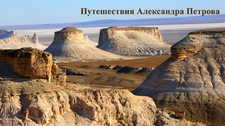Вы здесь
Necropolis Sultan epe.

Traditional culture of Mangistau.
"Mangyshlaks - a tribe of Turks, which because of the enmity that arose between them and the Guzes, left their places and came to the boundaries of Siyakh-kuh (Mangyshlak), located near the Abeskun Gulf. Here they found sources of water, pastures and settled in this place. They are called the people of Mangyshlak, and their ruler is called khan."
Ibn Najib Bekran. "Jahan nameh (Description of world)". 28 Ramadan 663 - 15 July 1265.
Complex of original structures of funeral and cult architecture of Mangistau.
Necropolis of Sutan Epe is located at an altitude of 158 meters above sea level, at beginning of Sultan Epe canyon, in northeastern part of Tyub-Karagan Peninsula, 4.5 kilometers from coast of Mangyshlak Gulf of Caspian Sea, 59.3 kilometers to east and slightly south of city of Fort Shevchenko in Tyupkaragan district of Mangistau region.
The formation of the cult complex on Sultan Epe dates back to the XIIth - XIIIth centuries, while the necropolis was formed much later - in the XVIIIth - XIXth centuries. The necropolis of the same name is located northeast of the mosque. The monuments date back to modern times.
Not far from the necropolis there are several sites of the Stone Age. Ancient sites indicate the settlement of this remarkable place since ancient times. The building is very interesting, in plan, almost round with dug-in stones, the upper edges of which have collapsed over time.
Most likely, this monument is associated with astronomy or astrology. Next to the underground mosque there is a well with fresh water, from which local shepherds pump water for animals using a pump. The object is included in the state list of monuments of local significance.
Geographical coordinates of necropolis of Sultan Epe: N44°28'13 E51°00'37
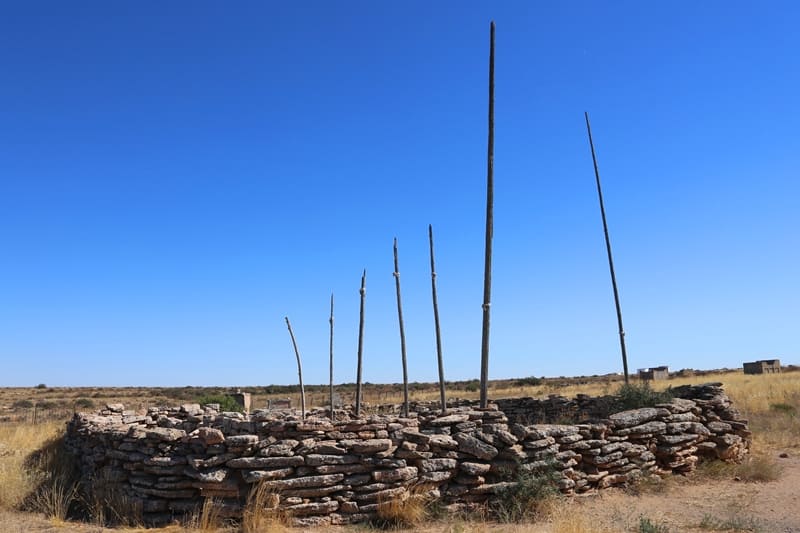
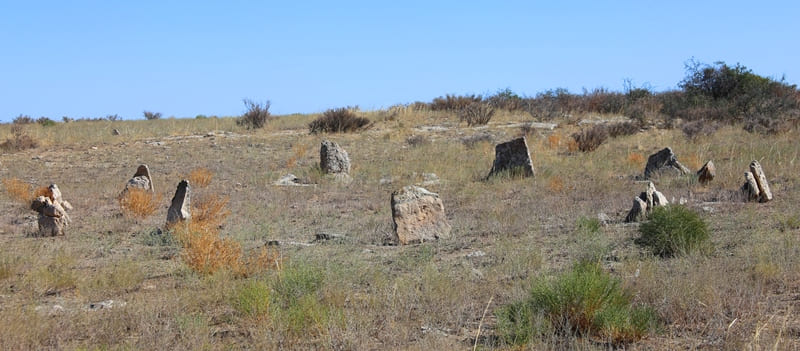
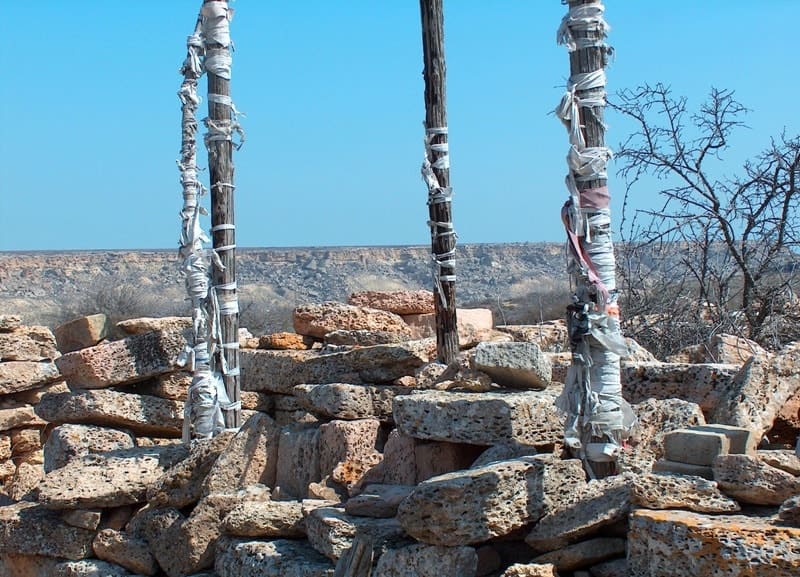

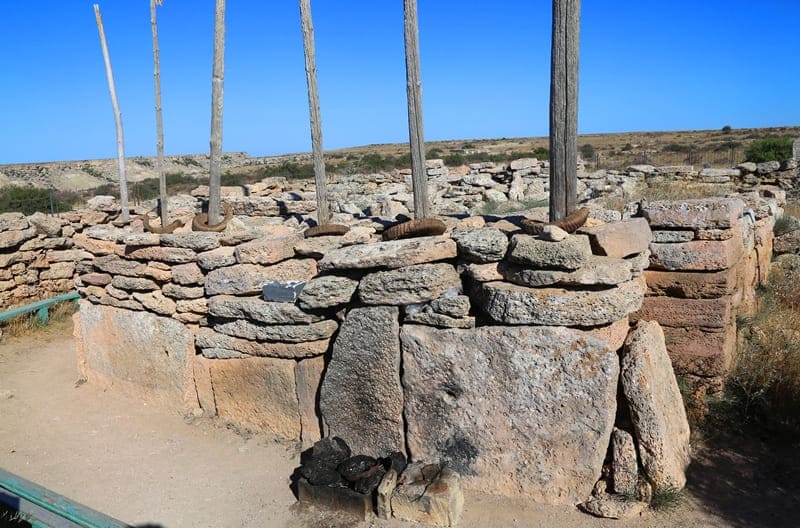
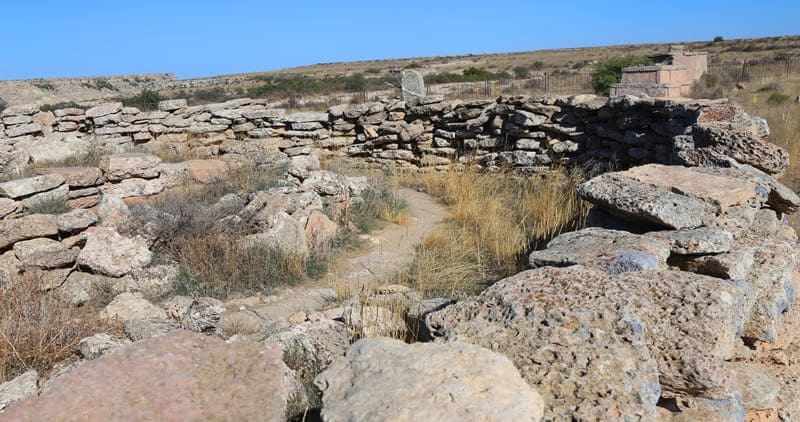


Authority:
Otynshy Kөshbayұly, Murat Kalmenov. "The underground mosques of Mangistau." Өlketanymdyқ basylym. Almaty, Orkhon Publishing House. 2009.160 s.
Photos by:
Alexander Petrov.





